Pencils for drawing, sketching and writing
Products
Filter
Produkte Filtern:
Produkte Filtern:
Produkte Filtern:
Produkte Filtern:
Produkte Filtern:
Produkte Filtern:
Produkte Filtern:
Produkte Filtern:
Sorting

Pencils
8900 Pencil HB set of 12
High quality pencil with a 60-year history. Fine lacquer finish for an elegant design. Pack of 12 in HB hardness.
€12.00

Brush Pen & Fineliner
Bullet Journal Set
Your perfect all-in-one set for bullet journaling, planning, and creative note-taking.
Available in various colours
from
€35.00
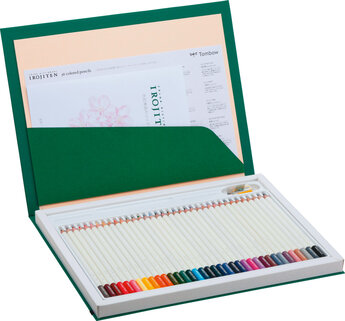
Pencils
IROJITEN Colored pencil 36 pcs. set
Elegant colored pencil with wax-based lead. Set of 36 colors.
€72.00
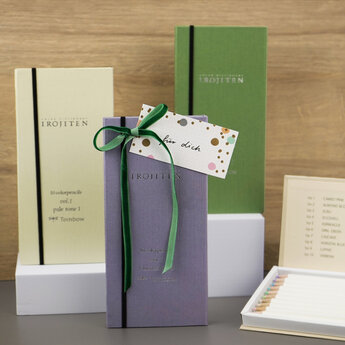
Pencils
IROJITEN set of 10
Beautifully crafted color pencil with soft lead in elegant book-like packaging. Available in 4 different sets with 10 colors each.
Available in various colours
from
€20.00

Pencils
IROJITEN set of 30
Color pencils made of high-quality wood and finished with elegant varnish. Available in three sorted cardboard boxes, each containing 30 unique colours.
Available in various colours
from
€60.00
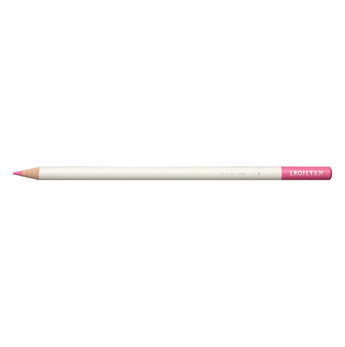
Pencils
IROJITEN single color
Elegant colored pencil with wax-based lead. Available in 100 different colors.
Available in various colours
from
€2.00
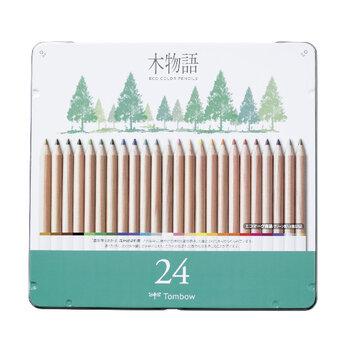
Pencils
Ki-Monogatari Eco color pencil
The environmentally friendly color pencils of the Ki-Monogatari series
Packaging size selectable
from
€19.90

Pencils
Ki-Monogatari recycled pencil
The eco-friendly pencils of the Ki-Monogatari series
Hardness selectable
from
€13.00
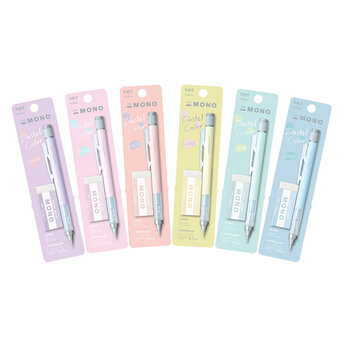
Eraser
Limited Edition MONO graph + MONO eraser pastel
Limited set of MONO graph and MONO eraser in 6 special pastel colors
Available in various colours
from
€9.10

Pencils
MONO 100 pencil set of 12
Top quality pencil with superb varnish finish, available in 17 degrees of hardness. Offers unusual contrast due to extra dark, high density graphite lead.
€30.00

Pencils
MONO 100 set of 12
Top quality pencil with superb varnish finish, available in 17 degrees of hardness. Offers unusual contrast due to extra dark, high density graphite lead.
Hardness selectable
from
€31.20
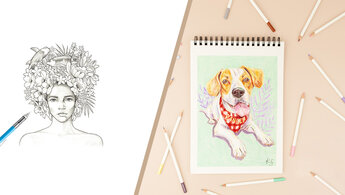

![[Translate to Englisch:] Pencil MONO100 hardness Pencils range from 9H (very hard, light lines) to 6B (soft, dark lines). Harder leads are suitable for technical drawings, medium (HB, F) for writing and sketching, while soft leads are ideal for shading and artistic work.](/fileadmin/_processed_/6/5/csm_Pencil_MONO100_hardness_cb588db470.jpg)
![[Translate to Englisch:] Art Content - Choi Jinyoung [Translate to Englisch:] Art Content - Choi Jinyoung](/fileadmin/_processed_/5/3/csm_Pencil_Bronze_ChoiJinyoung_Gallerie_78479be0cc.jpg)
![[Translate to Englisch:] Art Contenst - Yoo Daae [Translate to Englisch:] Art Contenst - Yoo Daae](/fileadmin/_processed_/c/f/csm_Pencil_Gold_YooDaae_Gallerie_e9076e24a3.jpg)
![[Translate to Englisch:] Art Contest - So Sungjun [Translate to Englisch:] Art Contest - So Sungjun](/fileadmin/_processed_/2/7/csm_Pencil_SoSungjun_Gallerie_46c42b0dd7.jpg)
![[Translate to Englisch:] Art Contest - Son Woohyun [Translate to Englisch:] Art Contest - Son Woohyun](/fileadmin/_processed_/b/9/csm_Pencil_Silver_SonWoohyun_Gallerie_495ee48deb.jpg)
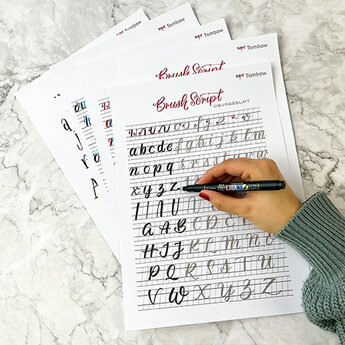
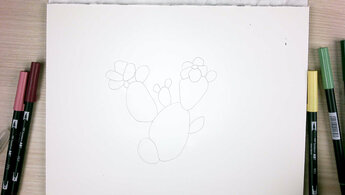
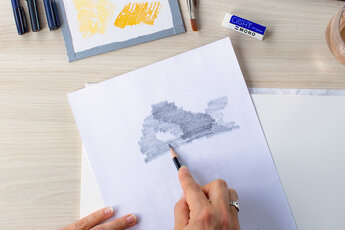
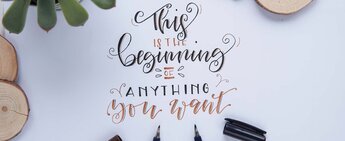
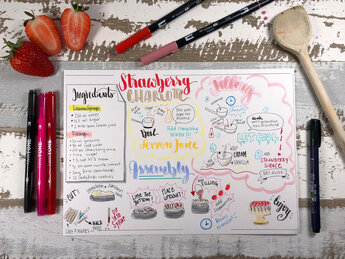
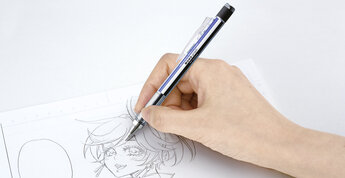
![[Translate to Englisch:] BallpointPen BCFRC demo A transparent multi-coloured pen with four ink colours lies on a white background. Drawn lines in black, blue, red and green emerge from its tip, forming flowers, leaves and a sun.](/fileadmin/_processed_/a/1/csm_BallpointPen_BCFRC_demo_ad44818d92.jpg)
![[Translate to Englisch:] Pencil Irojiten A beautiful colour spectrum of Tombow Irojiten coloured pencils - perfect for detailed drawings and smooth colour gradients. The high-quality pigmentation and soft texture make them ideal for professional and creative applications.](/fileadmin/_processed_/c/6/csm_Pencil_Irojiten_12069e5f1a.jpg)